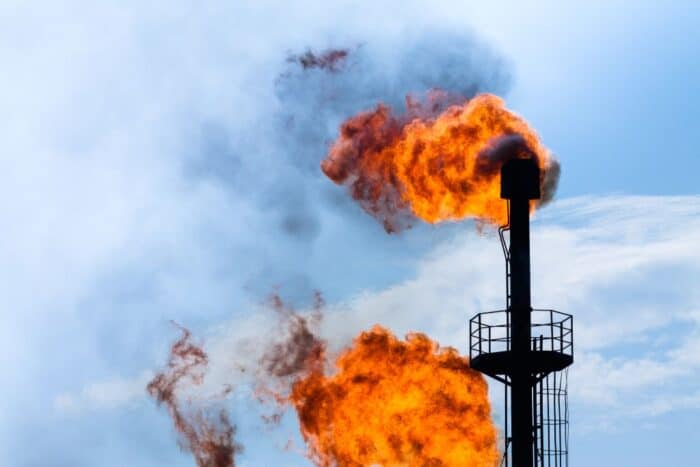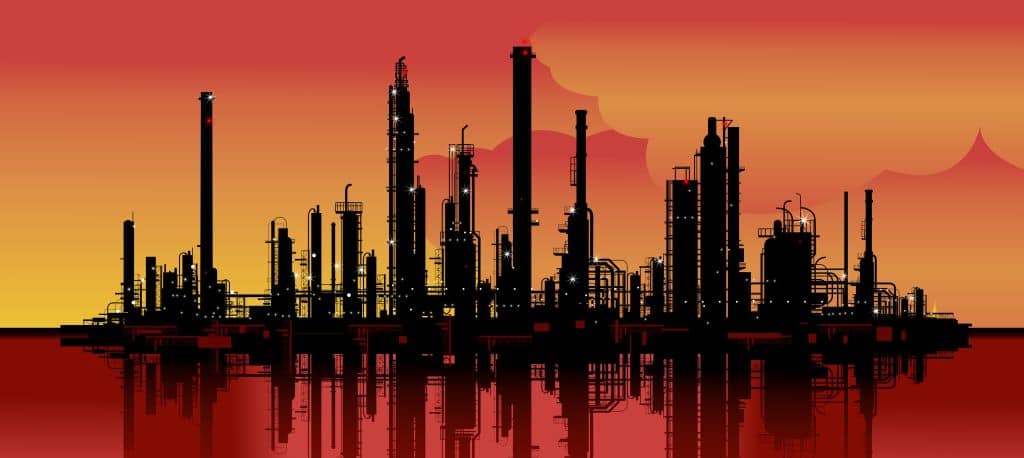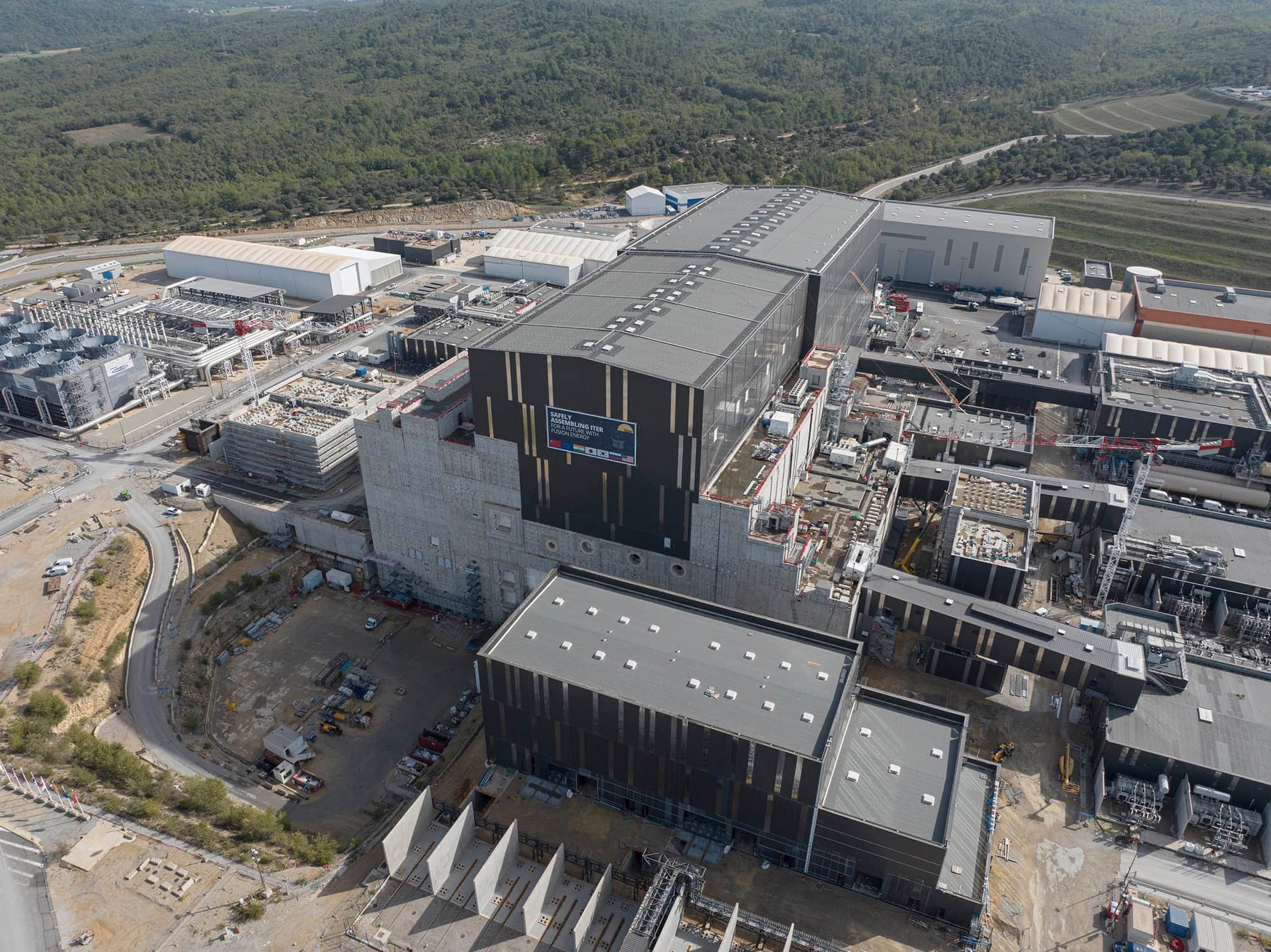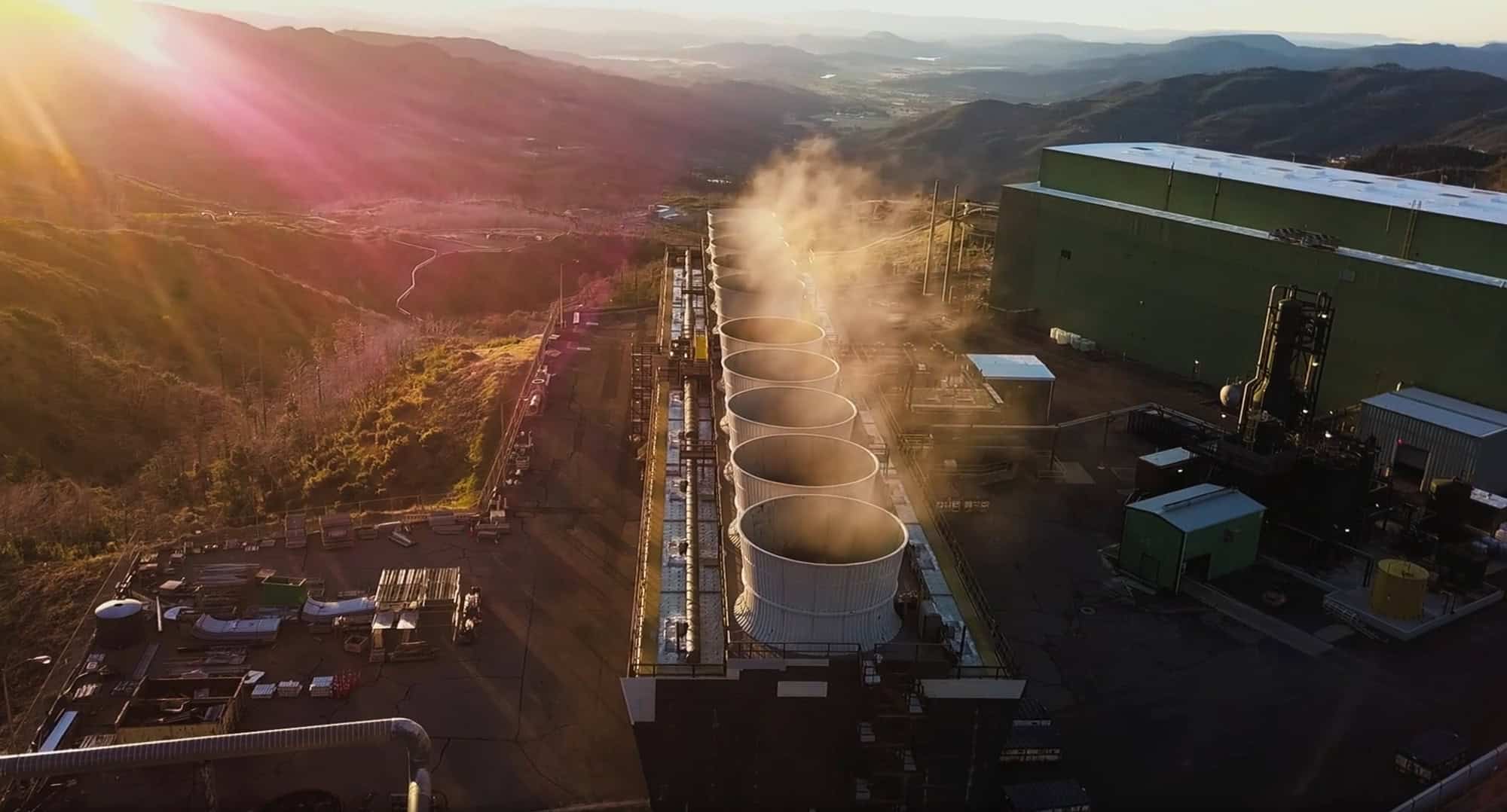When energy prices rise, many assume it is a boom time for global operators. They certainly make the most of a high-demand market, but they aren’t getting it their own way. Pressure by governments and the public alike to reduce GHG emissions and the effects on the environment by meeting climate targets are going to be tough to match. Worldwide, the oil and gas industry accounts for 45% of anthropogenic GHG emissions, hence the pressure on oil companies to decarbonize. The goal to achieve net-zero emissions is long-term, but we are already witnessing operators transitioning to renewable or alternative energy sources.
You have likely noticed how traditional oil companies have rebranded themselves to focus on integrated energy with new net-zero strategies in place. The global operators are investing in renewable sources, such as solar and wind, to alleviate the burden on oil operations. You could say that their experience working in remote onshore and offshore locations and environments makes this transition easier for them as they have the knowledge, workforce, and financial backing to make it work. The transferable skills they have in construction, installation, and operation also apply to offshore wind resources, such as structural analysis and reliability strategies, and ideally positions them at an advantage to achieve net-zero goals.
Addressing short-term GHG emission goals
But these are long-term ambitions – most of them pointing to 2050. With rising CO2 emissions, the current scenario demands immediate action, and immediate results. It is imperative to adopt short-term goals and reduce emissions now on current operations. One of the most effective ways of reducing emissions is making your assets more reliable. It’s not rocket science to work out that when running smoothly, effectively, and efficiently, heavy industry assets such as plants and refineries produce less carbon. The impact on the environment really occurs when there is unplanned downtime – the bane of every manufacturer or business. In addition to the time lost in production (of hydrocarbons in this case), there is a heavy cost to pay for every hour lost, some say it can be as high as $500K USD per hour for an asset-intensive operation.
 Flaring can indicate that a plant is not operating properly and can introduce pollutants into the atmosphere.
Flaring can indicate that a plant is not operating properly and can introduce pollutants into the atmosphere.One of the most obvious indications that a plant is not operating properly can be seen with flaring. Flaring occurs when natural gas is brought to the surface but cannot easily be used, so it is burned for disposal or “flared.” Flaring mainly happens when gas is produced as a by-product of oil extraction. If there is no means to use this associated for productive use, it is simply burned off. Gas flaring introduces toxic pollutants such as sulfur dioxide into the atmosphere, which can lead to environmental problems such as acid rain, as well as the generation of greenhouse gases which contribute to global climate change. This flaring will continue the longer the plant is not running efficiently or is temporarily affected by an unplanned shutdown. As if this flaring wasn’t bad enough, there are the secondary environmental issues that are added, such as the GHG emissions in additional transportation for spare parts, bringing in maintenance teams or 3rd parties to fix the problem, the energy used from multiple start-ups and round the clock maintenance. That’s why it’s more cost-effective and sustainable to run a plant as optimized and as smoothly as possible, as anything outside of these thresholds spells trouble.
Minimizing unplanned downtime
So what can organizations do to minimize unplanned downtime and reduce the environmental footprint of their processes? The easy answer to this is to adopt a strategic asset performance management solution (APM). An APM solution has the capabilities of data capture, integration, visualization, and analytics tied together for the purpose of improving the reliability and availability of physical assets. For instance, pumps not running at their optimal efficiency not only use more energy but are also less reliable, both of which lead to a higher level of emissions. So having a robust asset performance management strategy in place is a must.
Asset Performance Management uses a variety of approaches and techniques such as condition and health monitoring, inspection management, reliability centered maintenance (RCM), Risk analysis, predictive maintenance, and prescriptive analytics. APM Software solutions such as Bentley’s AssetWise Asset Reliability, provide critical information for assessing equipment criticality and risk, maintenance processes, equipment care strategies, continuous monitoring, and assessing the impact of operations on maintenance across the enterprise, for a more preventative and proactive guide to maintenance and reliability than reactionary fix-when-failed strategies.
A recent McKinsey report, states that on average a 10 percent increase in production efficiency delivers a 4 percent reduction in emission intensity, so having a robust asset performance management strategy in place is a must. Applying an APM solution is a positive step in not only running efficiently from a cost and production perspective, but it’s also the best way to start reducing GHG emissions. By starting small, operators can then expand their solutions into a digital twin, such as PlantSight, to provide a complete solution in terms of an open and immersive environment rich in visualization, access, and information sharing across the whole lifecycle of the plant, from changes in design through to maintenance and operations.







